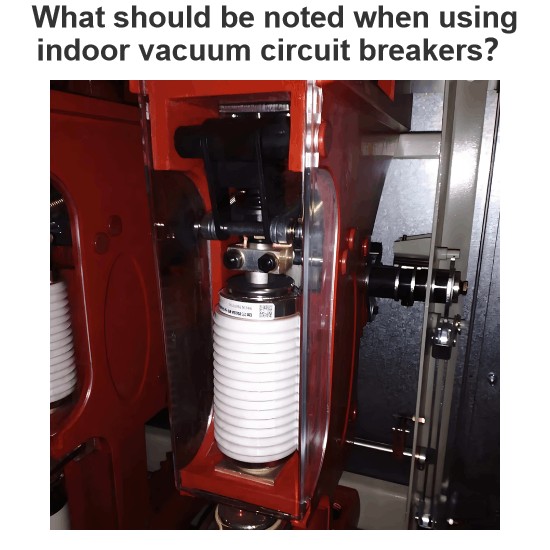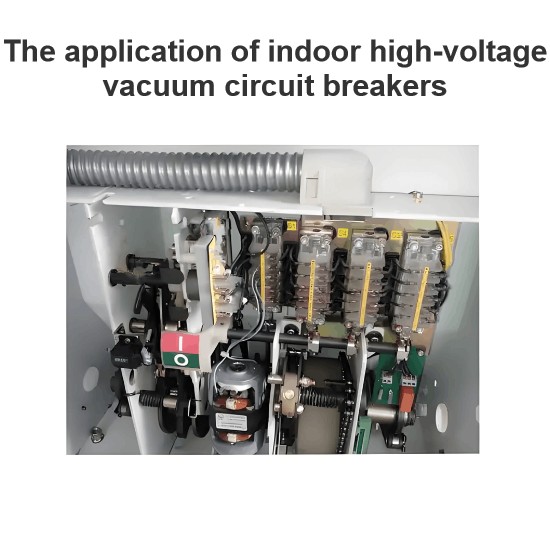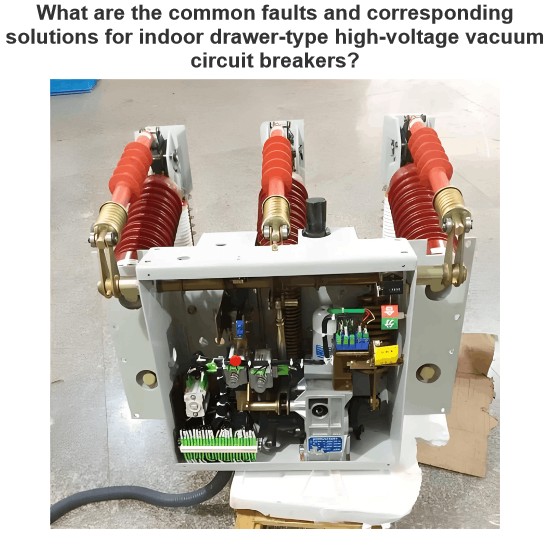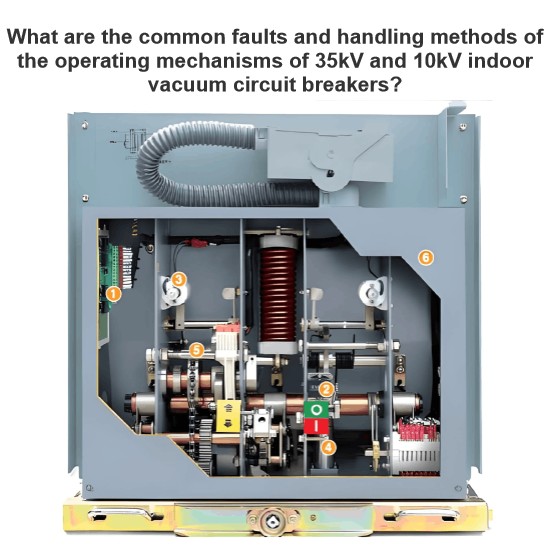What is the difference in speed between an overload circuit trip and a short circuit trip?
What is the Difference in Trip Speed Between Overload and Short-Circuit Protection?
Overload circuit tripping and short-circuit tripping have significant differences in speed, primarily due to their operating principles and protection objectives. Here is a detailed explanation:
1. Overload Protection (Overload Protection)
Definition
Overload refers to a situation where the current in a circuit exceeds its rated value, but does not reach the level of a short circuit. Overload is typically caused by prolonged overcurrent, which can lead to overheating of wires, insulation damage, and other issues.
Trip Speed
Slow Response: Overload protection is typically designed for slow response because overload currents can persist for a long time before causing damage. Overload protectors, such as thermal-magnetic circuit breakers, usually have a time delay mechanism that allows short-term overcurrents to pass, but will trip if the current remains above the rated value for an extended period.
Time-Current Characteristics: The time-current curve (TCC) of an overload protector shows that the trip time decreases as the overload current increases, but it generally still requires several seconds to several minutes.
Applications
Residential Circuits: Circuit breakers in residential circuits often include overload protection to prevent overheating and fires.
Industrial Equipment: Overload protectors in industrial equipment are used to protect motors and other electrical devices from long-term overcurrent damage.
2. Short-Circuit Protection (Short-Circuit Protection)
Definition
Short Circuit refers to an abnormal low-impedance connection between two points in a circuit, causing a sudden and dramatic increase in current, far exceeding the normal operating current. Short-circuit currents are typically very high and can cause severe damage to equipment, fires, and even explosions.
Trip Speed
Fast Response: Short-circuit protection is designed for fast response because short-circuit currents are extremely high and can cause significant damage within a very short time. Short-circuit protectors, such as instantaneous circuit breakers, are typically designed to trip within a few milliseconds, quickly cutting off the current.
Instantaneous Tripping: The time-current curve of a short-circuit protector shows that the device will trip immediately when the current exceeds a certain threshold, without any time delay.
Applications
Residential Circuits: Circuit breakers in residential circuits often include short-circuit protection to prevent fires and equipment damage caused by short circuits.
Industrial Equipment: Short-circuit protectors in industrial equipment are used to protect complex electrical systems from extensive damage caused by short circuits.
Summary
Overload Protection: Designed for slow response, allowing short-term overcurrents to pass but tripping if the current remains above the rated value for an extended period. Typically requires several seconds to several minutes.
Short-Circuit Protection: Designed for fast response, tripping within a few milliseconds to quickly cut off the current and prevent significant damage within a short time.
Understanding the speed differences between these two protection mechanisms helps in better designing and maintaining circuits to ensure their safety and reliable operation.
The Electricity Encyclopedia is dedicated to accelerating the dissemination and application of electricity knowledge and adding impetus to the development and innovation of the electricity industry.













